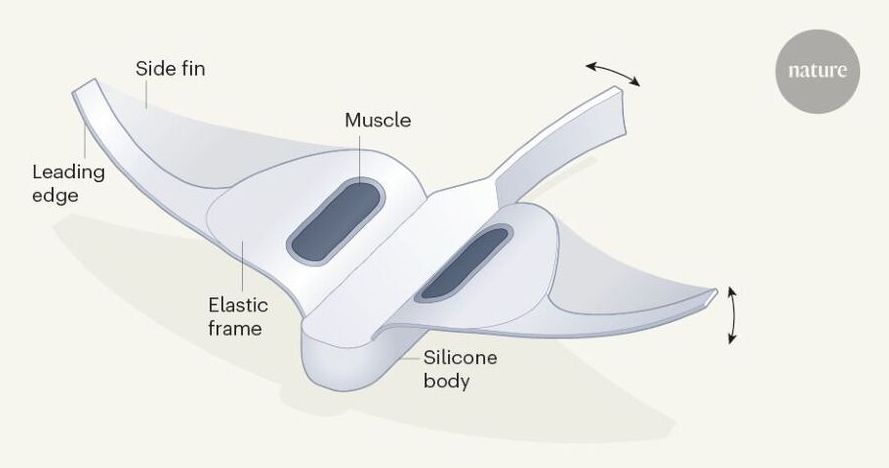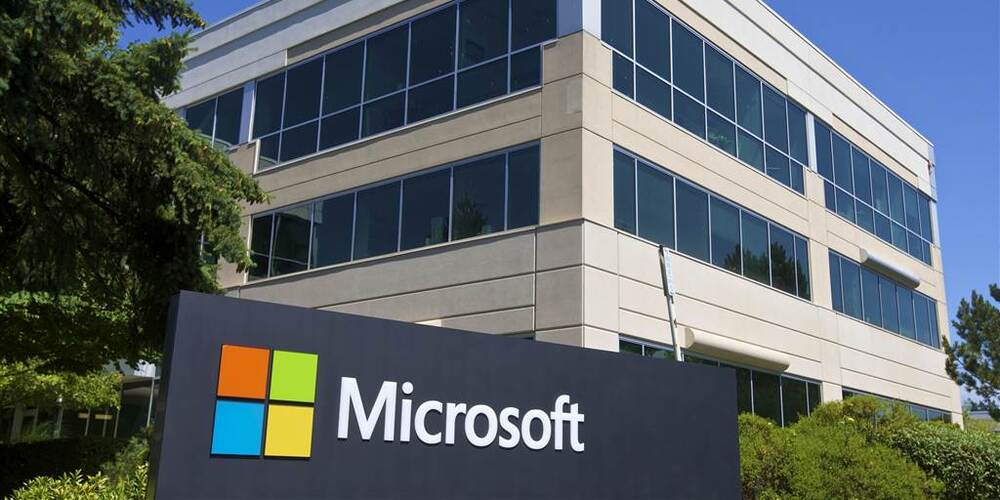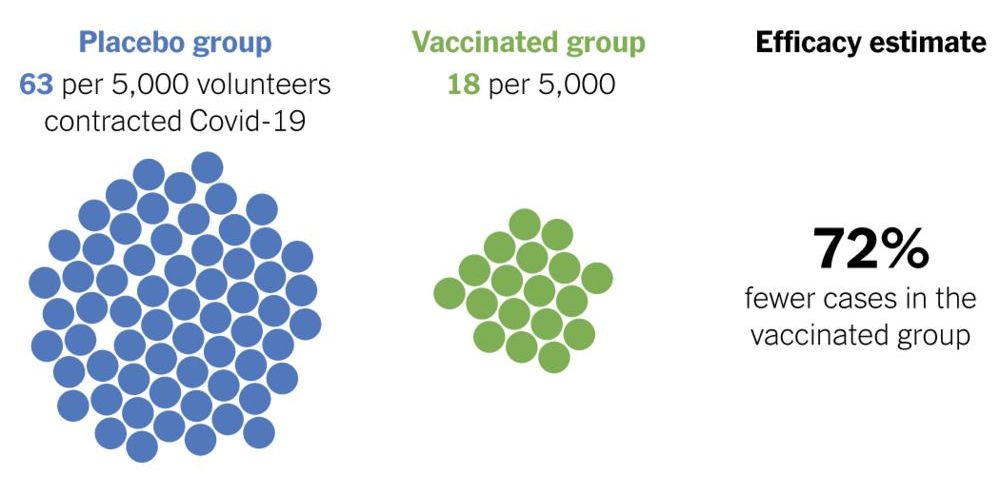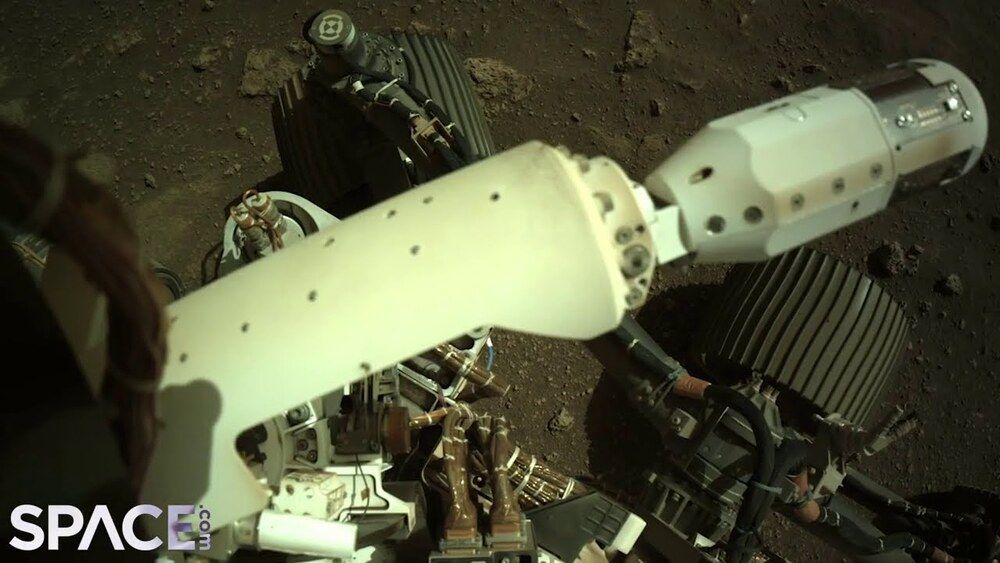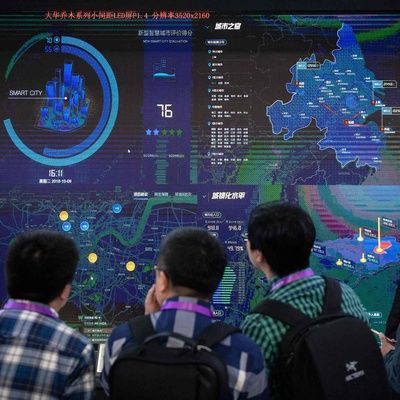Founded by Google veterans and backed by $340 million from major VCs, Skydio is creating drones that seem straight out of science fiction—and they could be flying around your neighborhood soon.
A self-powered robot inspired by a fish can survive the extreme pressures at the bottom of the ocean’s deepest trench, thanks to its soft body and distributed electronic system — and might enable exploration of the uncharted ocean. How robots made from soft materials can withstand high pressures.
For adrenaline junkies. 😃
This is WingBoarding by Wyp Aviation, the next-gen sport that requires you to be up high in the sky – and instead of water or snow, you carve out the clouds!
All federal government agencies have until noon Friday to download the latest software update to block the perpetrator.
The U.S. has issued an emergency warning after Microsoft said it caught China hacking into its mail and calendar server program, called Exchange.
All of the F.D.A.-approved vaccines offer strong protection against Covid-19, and assessing their efficacy isn’t as simple as a head-to-head comparison.
The Perseverance rover’s Mars Environmental Dynamics Analyzer (MEDA) is set to collect data on wind with the deployment of a sensor on Mar. 12021 (Sol 10). See imagery of the deployment and hear audio of the Martian wind captured by a microphone on Feb. 20. — NASA’s Perseverance Rover Explained: https://www.space.com/perseverance-mars-2020-rover.html.
Credit: Space.com | footage & audio: NASA/JPL-Caltech | produced & edited by Steve Spaleta (http://www.twitter.com/stevespaleta)
The China National Space Administration (CNSA) on Thursday released three high-resolution images of Mars captured by the country’s Tianwen-1 probe.
http://www.cctvplus.com/news/20210304/8180114.shtml#!language=1
Welcome to subscribe us on:
Facebook: https://www.facebook.com/NewsContent.CCTVPLUS
Twitter: https://twitter.com/CCTV_Plus.
LinkedIn: https://www.linkedin.com/company/cctv-news-content.
Video on Demand: www.cctvplus.com.
If you are in demand of this video footage, please contact with our business development team via email: [email protected]
Healthcare AI Research And Development Supporting 9+ Million U.S. Veterans, Their Families, And Caregivers — Dr. Gil Alterovitz, Ph.D., Director, National Artificial Intelligence Institute — U.S. Department of Veterans Affairs.
Dr. Gil Alterovitz, Ph.D. is Director, National Artificial Intelligence Institute (NAII) at the U.S. Department of Veterans Affairs (VA), where he focuses on…
The National Security Commission on Artificial Intelligence’s recent report is a “wake-up call” in part because of one country: China.
Retaining the current dwindling edge will take White House leadership and a substantial investment, according to the National Security Commission on Artificial Intelligence.
Larry King was very open about his desire to be frozen after he died. Recently, a doctor said they met with King and revealed more information about what they talked about, including if King is frozen now.

